Unity and diversity in the kingdoms
Similarities and Differences Between Kingdoms:
Similarities-
- All these organisms are eukaryotic
- These organisms are all either multicellular or unicellular
- Kindom Fungi, Kingdom Plantae, and Kingdom Animalia both have heterotrophic organisms
- Kingdom Fungi, Kingdom Animalia, and Kingdom Plantae all have some organisms that can reproduce through meiosis
Differences-
- Only Kingdom Animalia has organisms with a nervous system
- Kingdom Fungi and Kindom Plantae are non-motile organisms while Kingdom Animalia and Kingdom Protists have motile organisms
- Kingdom Animalia is the only kingdom that has organisms that can reproduce through parthenogenesis.
- Kingdom Protista contains the only organisms that can move by a source of a flagellum or by cilia
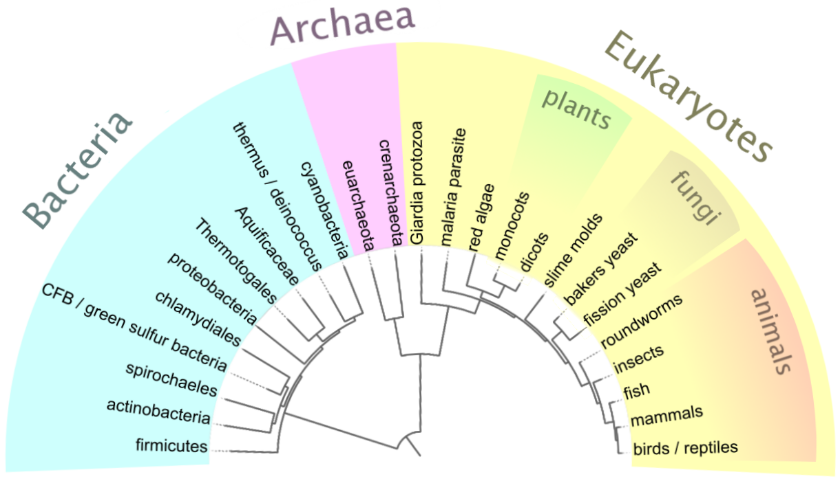
Figure 21a: Phylogenetic Tree
In the image above one can see a phylogenetic tree of the three domains and the four kingdoms. One can notice that red algae (from Kindom Protista), monocots, and dicots (from Kingdom Plantae) have a common ancestor even though they are in different kingdoms. Fission yeast (from Kingdom Fungi) and round worms (from Kingdom Animalia) also have a common ancestor even though they are also in different kingdoms. One can follow back each line from an organism and discover that all the organisms are connected by one organism. The common ancestor of all the living creatures of the world at the moment is unknown organisms, however, it is known that each organism is related in some manner, even if the seem very different.
Unity and diversity between the Kingdoms-
First Example:
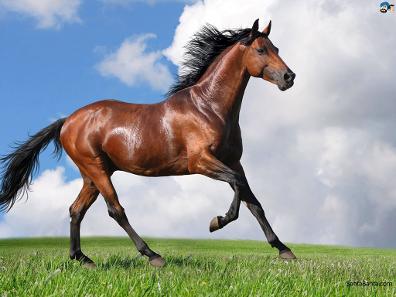
Figure 12b: Equus ferus
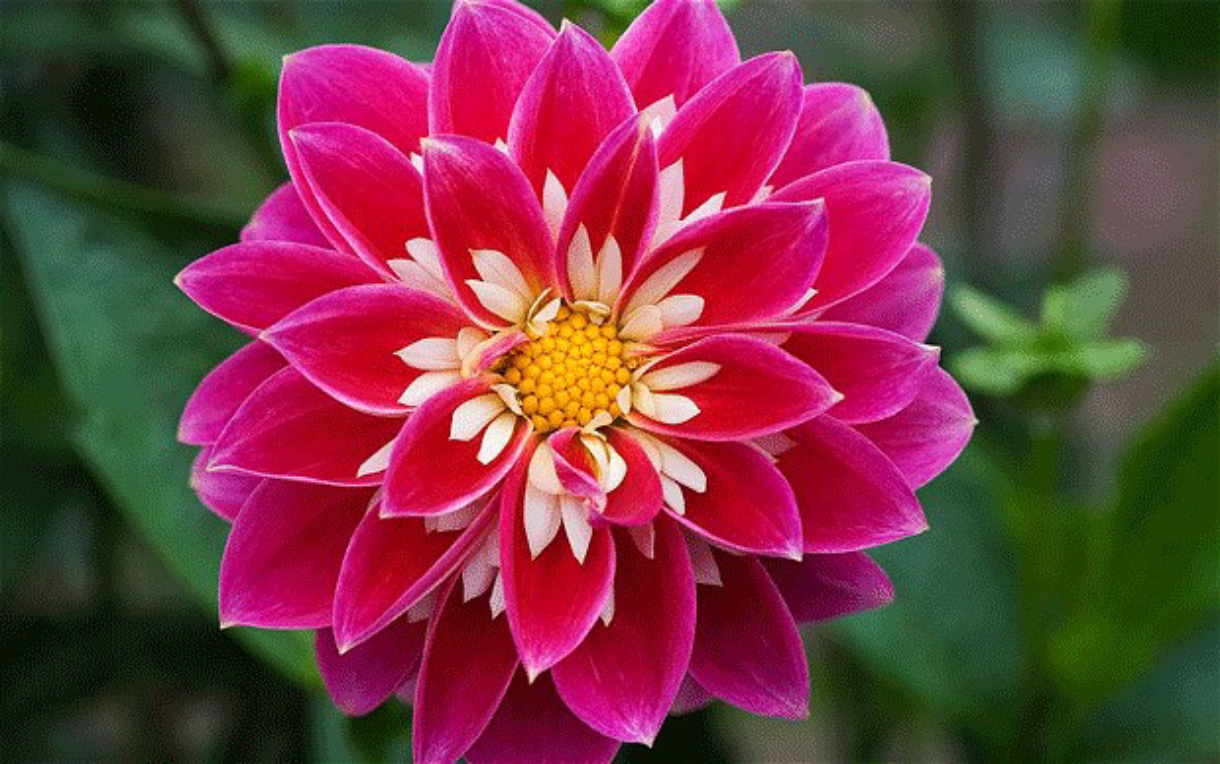
Figure 13b: Dahlia pinnata
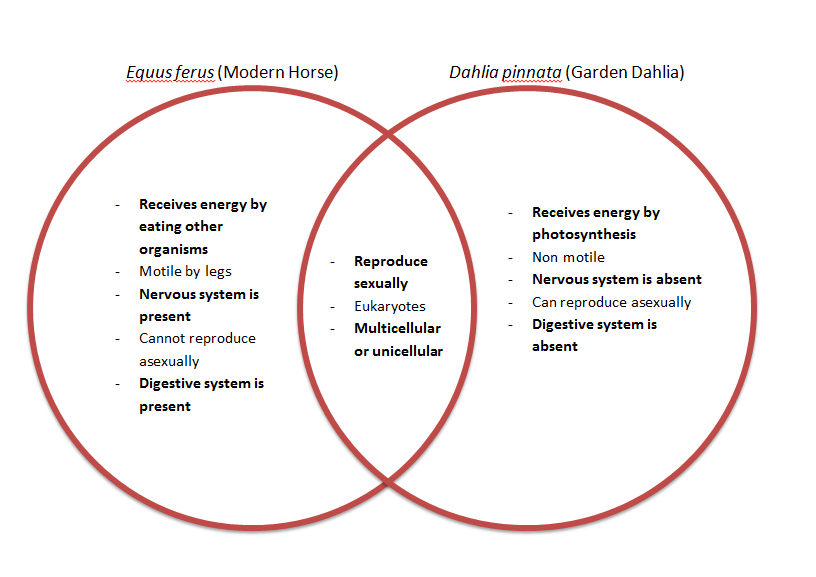
Figure 11b: Similarities and differences between a horse and a flower.
These Venn-diagrams will show how the organisms within the different kingdoms are similar and different.
Second Example:
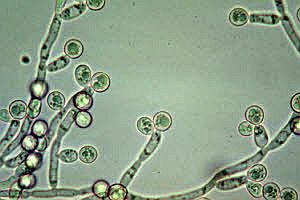
Figure 15b: Candida albicans
Figure 16b: Physarum polycephalum
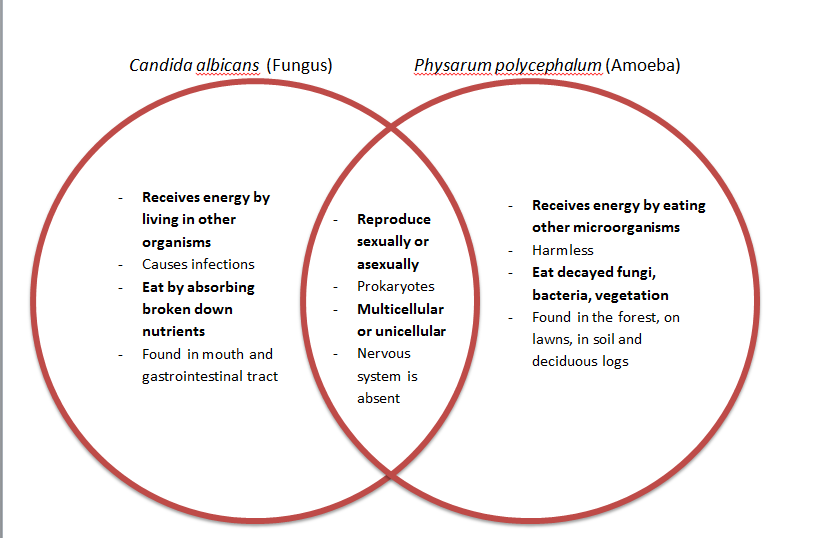
Figure 14b: Similarities and differences between a fungus and a protist
DM/RJ